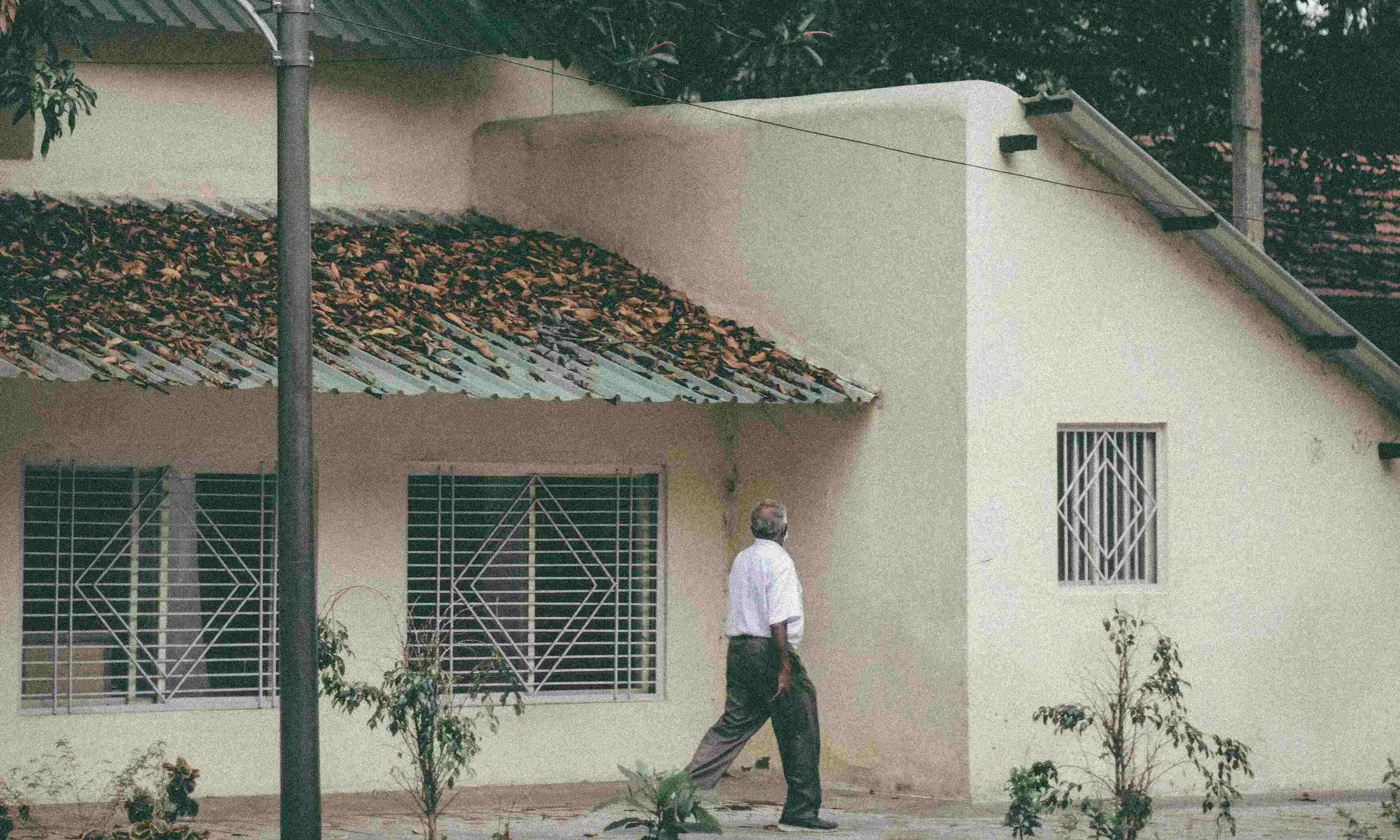
New Delhi, Aug. 1 -- India is witnessing a significant demographic shift towards an ageing population. It is estimated that by 2050, senior citizens will make up 20.8 per cent of the total population, reaching 347 million people as against 10 per cent with 140 million older people in 2022. This demographic shift towards the elderly population demands attention to ensure their overall well-being and dignity in their sunset years.
According to the Census of India 2011, Kerala recorded the highest proportion of elderly - those above 60 years of age - at 12.6 per cent, followed by Tamil Nadu at 10.4 per cent. States in other parts of the country are experiencing a similar shift. Falling fertility rates, declining mortality, and an increasing life expectancy are the main reasons behind this demographic shift.
Older persons in India face multiple vulnerabilities, including social and financial exclusion, limited access to quality healthcare, as well as lack of opportunities for meaningful engagement in society. Resulting dependency often becomes the reason for ill-treatment and discrimination. Nearly 70 per cent of the elderly population remain economically dependent on their families or pensions, and those without access to paid work often live in poverty.
India's traditional norm of parents residing with their children has provided a degree of support and economic security, but this is gradually changing with the concept of nuclear families growing. This has not only led to financial insecurity but also a high burden of non-communicable diseases, with a fifth of the elderly population reporting at least one chronic condition such as diabetes, hypertension, or even physical disability. Over 30 per cent show depressive disorders, with 8 per cent possibly having major depression. Only 17-18 per cent senior citizens have health insurance. One in four urban elderly cite healthcare costs as the main cause of debt. Many elderly are illiterate, 93.7 per cent lacking digital skills, making them prone to fraud, according to the Longitudinal Ageing Study in India (LASI), 2017-18, Wave-1.
Given this scenario, now is the time to work towards a comprehensive and multi-sectoral approach to address the issue of an ageing population. An integrated care system, with special attention towards long-term care, rehabilitative, palliative, and mental health care, could be one way of doing this. Also, the elderly are a highly diverse group, bringing with them vast experience, knowledge, and wisdom. It could be useful to create opportunities and avenues for the elderly to participate in the workforce for as long as they can do so.
Globally, governments make investments depending on the size and composition of their respective populations. In the early stages of demographic transition, when countries have significantly larger younger populations, government spendings are usually directed towards education. However, during later stages of demographic transition, as the working age population matures, governments channel funds towards setting up requisite health and pension schemes to cater to the needs of an ageing population. The United States of America, South Korea, and Japan, which are in the later stages of demographic transition, have followed this pattern.
In India, there is an established framework of constitutional, legislative, and policy measures to safeguard the well-being of older persons. A landmark legal protection for the aged parents is provided under the Maintenance and Welfare of Parents and Senior Citizens Act, 2007. More recently, extending Ayushman Bharat-Pradhan Mantri Jan Arogya Yojana to provide Rs 5 lakh in coverage for all individuals aged 70 and above marks a crucial step in reducing healthcare-related financial vulnerability among the elderly.
The Ministry of Social Justice and Empowerment (MoSJE), the nodal ministry, leads key initiatives and coordinates with other ministries to promote elderly welfare. The MoSJE's Integrated Programme for Older Persons (1992) was the first targeted policy, focusing on institutional care and support services. This was further advanced with the National Policy on Older Persons (1999), which adopted a more comprehensive approach to ensure the safety and well-being of the elderly. Several other ministries, including the Ministry of Health and Family Welfare and the Ministry of Rural Development, have implemented a range of policies addressing the health, nutrition, financial security, employment, and housing needs of older persons. The National Programme for Health Care of the Elderly (NPHCE) addresses the needs of the greying population. However, there have been gaps in the awareness, implementation, and utilisation of most of these provisions and facilities, which need to be addressed immediately.
It is in this context that a status report on the older population, brought out by the Sankala Foundation, titled 'Ageing in India: Challenges and Opportunities' seeks to address some pertinent issues related to the implications of ageing population on economic, health, and social outcomes in India. The report is based on in-depth research and consultation with experts, and primarily uses data from the Longitudinal Ageing Study in India, Wave-1, 2017-18.
The report looks beyond the present to envision a future where older persons are not only supported but also empowered. It explores emerging global trends in ageing, sheds light on the complex, multidimensional challenges faced by older populations, and offers a focused lens on the evolving landscape of ageing in India. The report presents practical and forward-looking solutions to address the needs of elderly people.
The writer is the Consulting Editor of Millennium Post. Views expressed are personal
Published by HT Digital Content Services with permission from Millennium Post.
